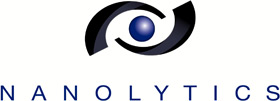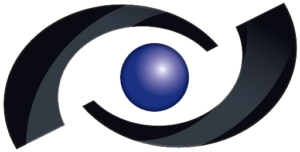Colloids are not new, but the understanding and controlled synthesis of colloids has grown tremendously during the last decades. Historic research, however, goes back by centuries.
Modern colloid science not only helps us to understand processes in nature; there are many and various technical applications. Colloids have had a considerable impact on the development of new dyes and laquers, for high performance materials and in pharmacy. The quantum size effect and its influence on photocatalytic, photochemical, photovoltaic, and nonlinear optical properties has opened up a tremendous range of interesting applications.
There is already a large variety of products today that make use of colloidal properties. The range of applications covers detergents, laquers, dyes, advanced inks, and pharmaceutical products, as well as inorganic additives, organic pigments, and polymers – colloidal systems are applied in all sectors of modern chemistry, constantly generating new products with enhanced (and often tunable) properties.
Nanolytics‘ powerful analytical equipment and knowledge in characterizing colloidal particles. Among other methods, Analytical Ultracentrifugation, our core competence, has proven to allow for the most comprehensive characterization, providing information not only on size, but also on mass, density, interparticle interactions, and hydrodynamic properties. This applies for simple, rigid spheres as well as for complex structures, such as micelles and vesicals.
The size range for colloids is usually given to be between 1 and 1000 nm. Whereas the lower limit does not present a limitation for AUC, particles larger than 200-500 nm (depending on their nature) can not be detected with commercially available detectors. However, we have an AUC with a unique turbidity detector at our disposal, allowing for detection of particles up to 10 µm.

